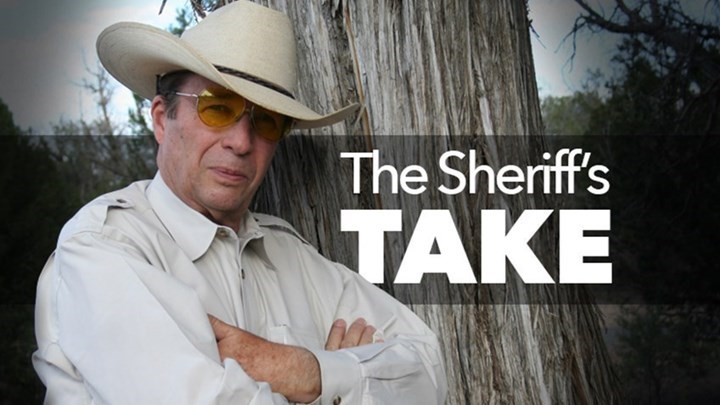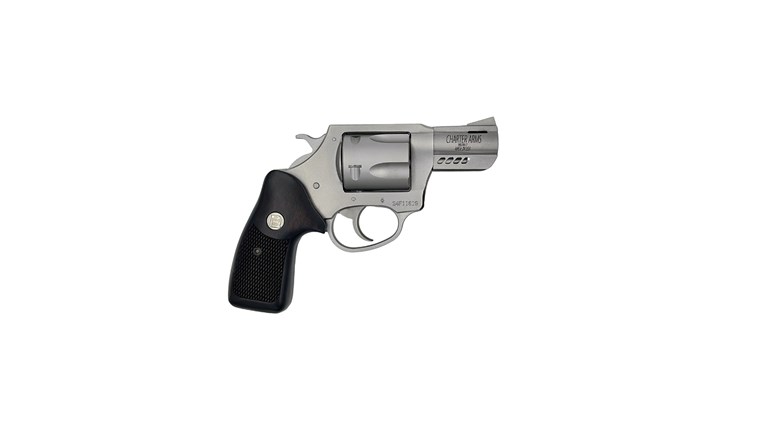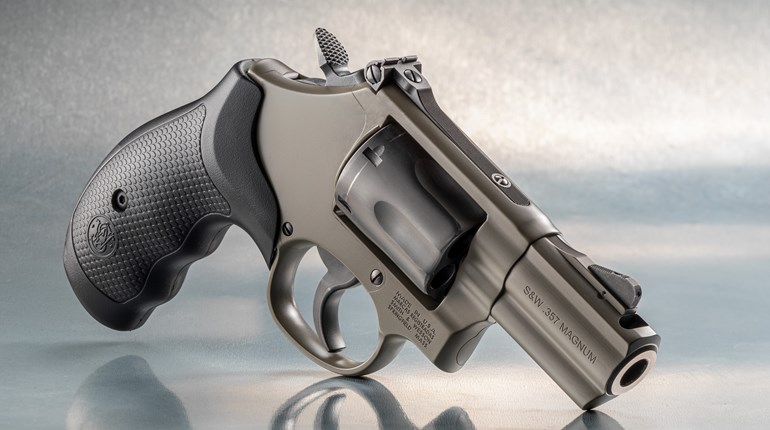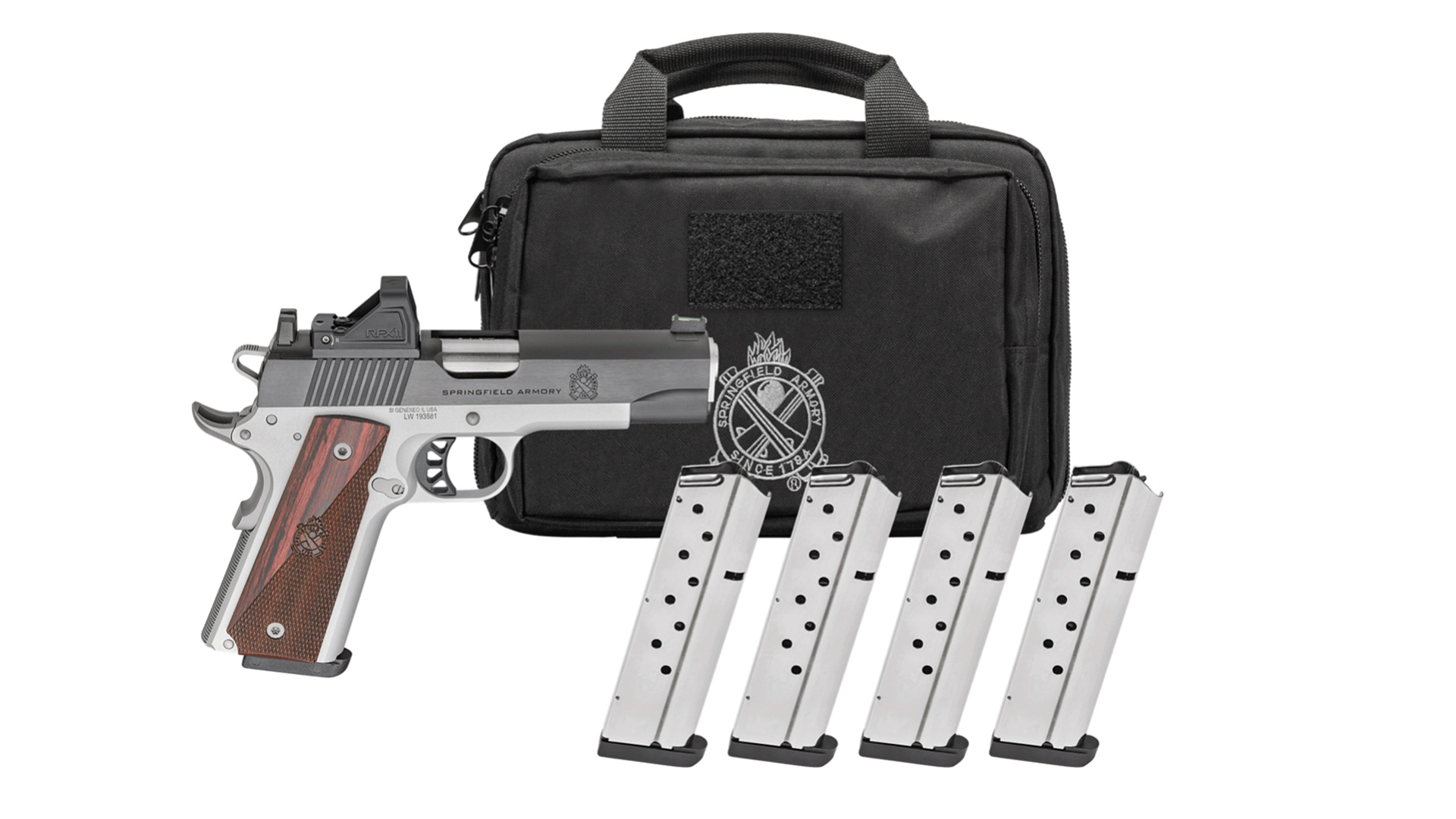
Any way you look at it, 1930 was a pretty rough year. On the one hand, there was a little law called National Prohibition that was making bootlegging and booze running rather profitable for the adventurous types who thought they could fool the police. And, on the other hand, it was the Great Depression and times were plenty tough; so tough, in fact, that bank robberies and other hijackings were becoming quite common. The police had their hands full.
One thing that bootleggers and bank robbers had in common was the love of fast cars. Running from the police and busting roadblocks was just part of doing business for these 20th century outlaws. And to make matters worse, the police were finding out that their standard-velocity, .38 Spl. revolvers just didn’t make much of an impression on the cars of the day.
American ammunition companies came up with the idea of boosting the power in the .38 Spl. cartridge. You might say it was an early version of the +P+ concept with a 158-grain lead bullet traveling faster than 1,100 fps. The only concern was that it would create high pressures that would be dangerous in light-frame or older .38 Spl. revolvers. Colt tested it in its Official Police revolver and declared it to be fine. Smith & Wesson, on the other hand, decided to build a new revolver around this cartridge.
Keeping in mind that the gun needed to be suitable and affordable for American law enforcement, Smith & Wesson chose to use its larger, fixed-sighted N-frame for the project. To that, the company attached a barrel with an ejector-rod shroud as they had done on their famous Triple Lock revolver years before. Called the .38/44 Heavy Duty, this revolver was available with a 4- or 5-inch barrel, and blue or nickel-plated. It was a great hit.
The Heavy Duty was manufactured from 1930 to 1966, skipping a few years during World War II. In 1957, when the company went to model numbers, it became the Model 20. It was such a sturdy and popular police and defensive handgun that I saw several still in use up into the 1970s. And I am sure that, somewhere out there, there are still handgunners who rely on the Heavy Duty. It was just a great revolver.
My own .38/44 Heavy Duty is a 4-inch, blue gun manufactured in 1946. It has the short, post-war action and shoots like a dream. A little big for me to be packing around concealed, it does regular duty as one of my house guns.
Of course, shortly after the Heavy Duty was introduced, a wise soul came up with the idea of just lengthening the .38 Spl. case a bit and really making a power statement. And, along about 1935, the .357 Mag. was born. And the rest, as they say, is history.




































